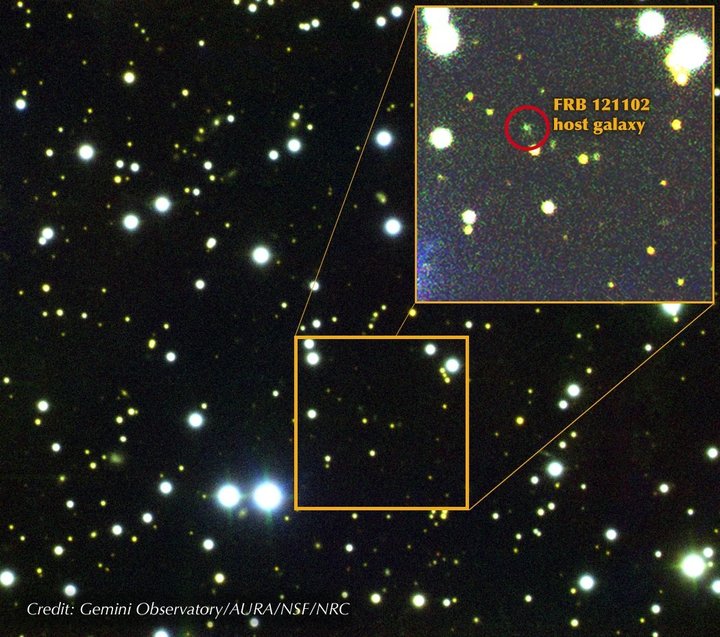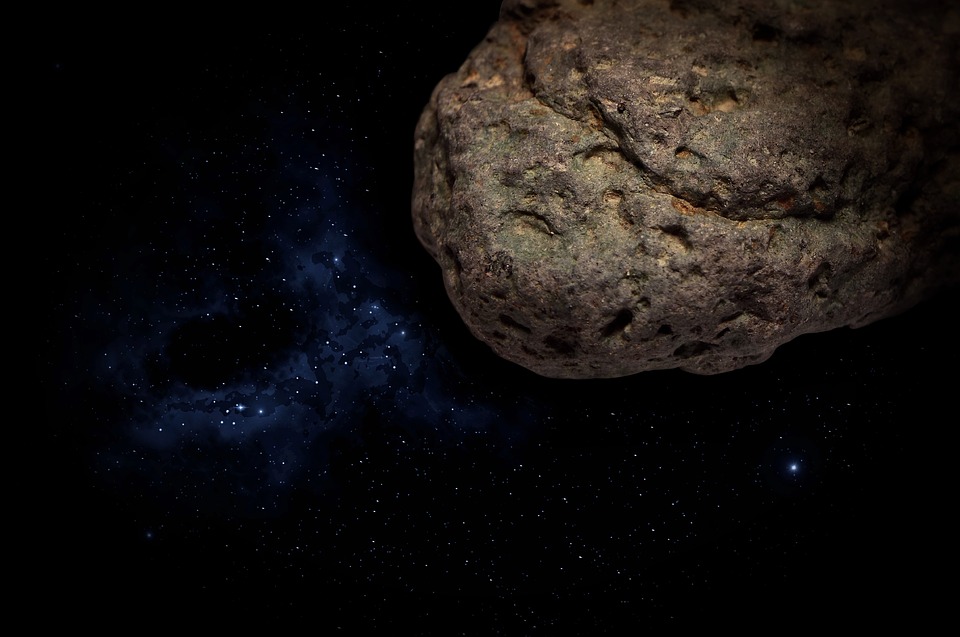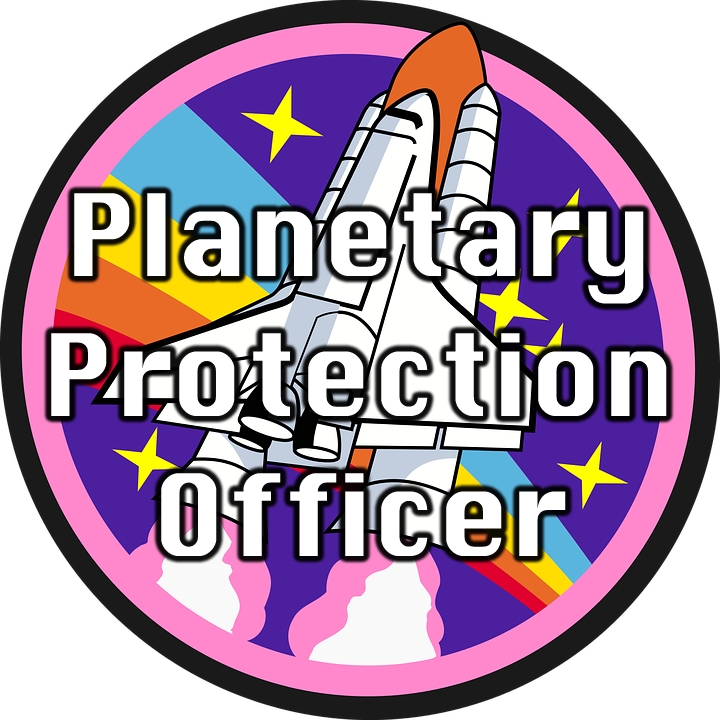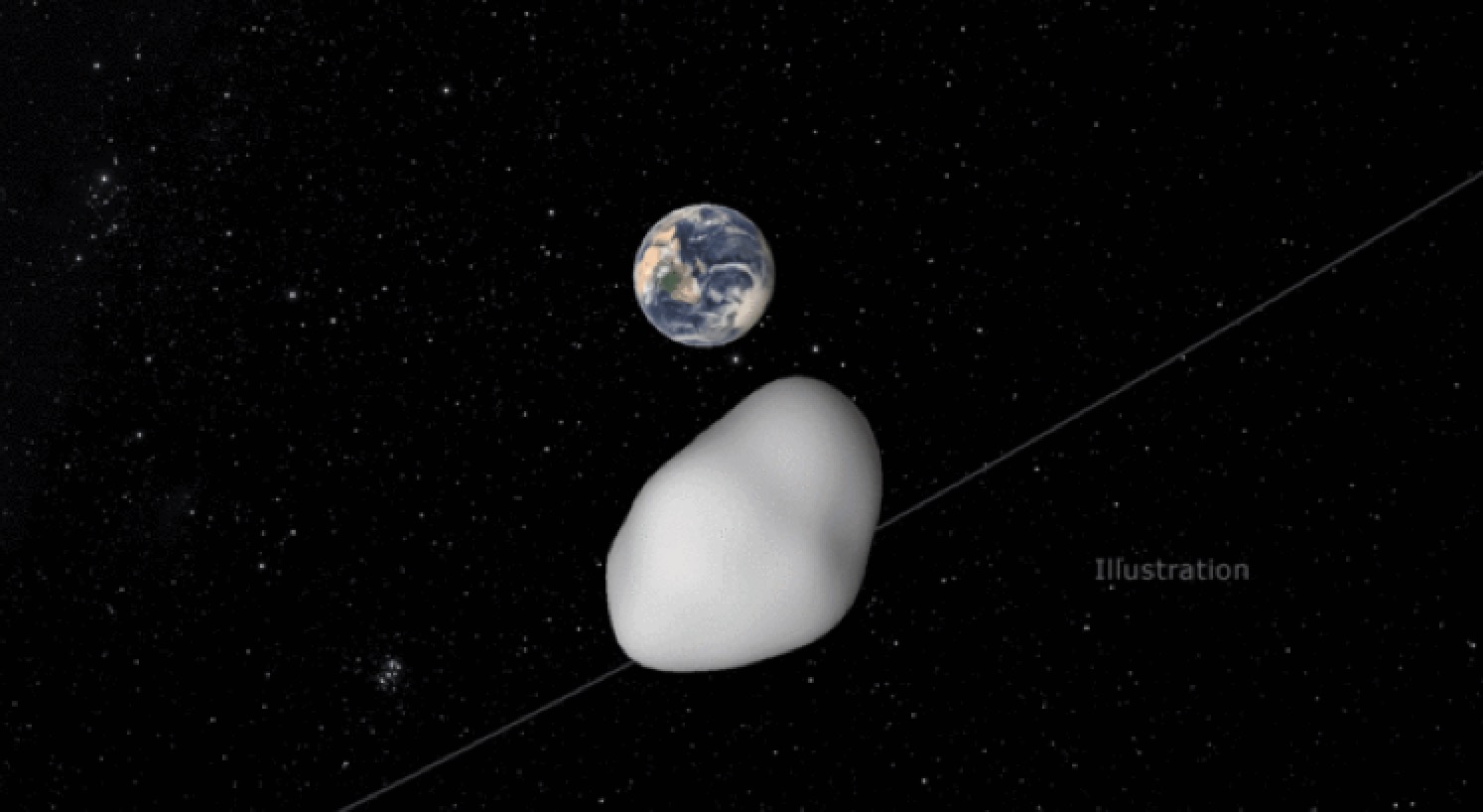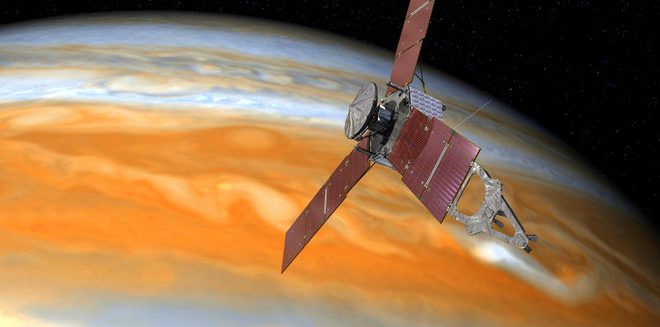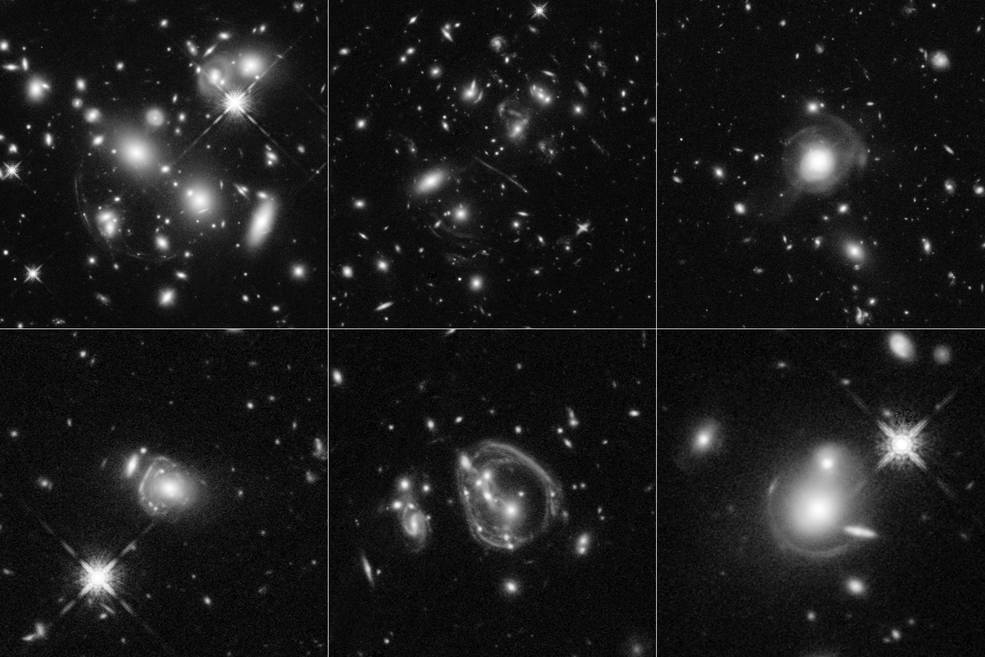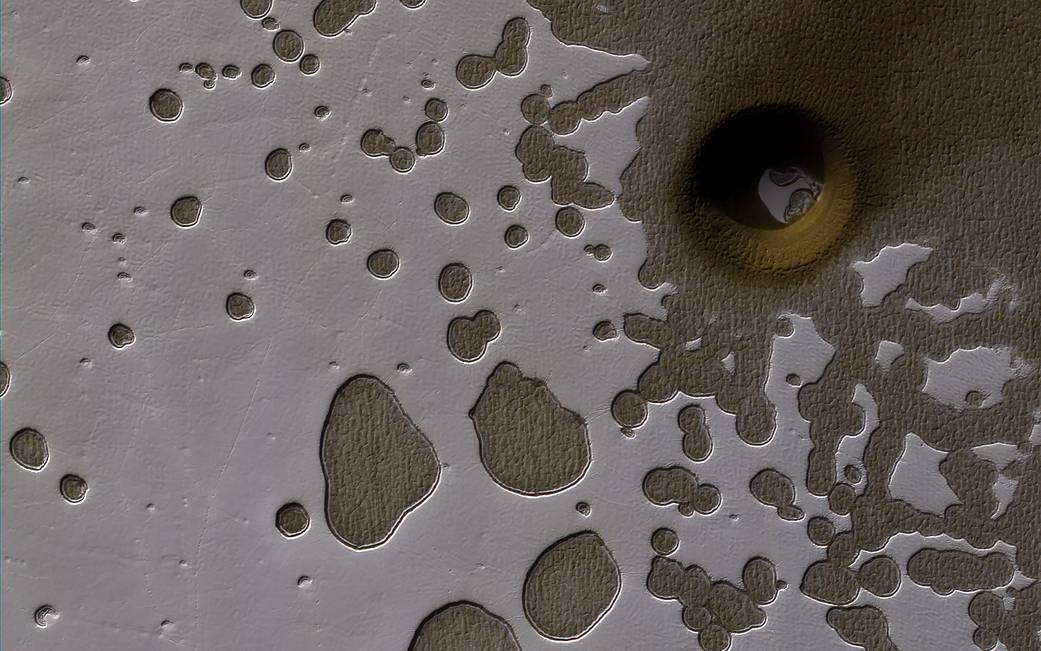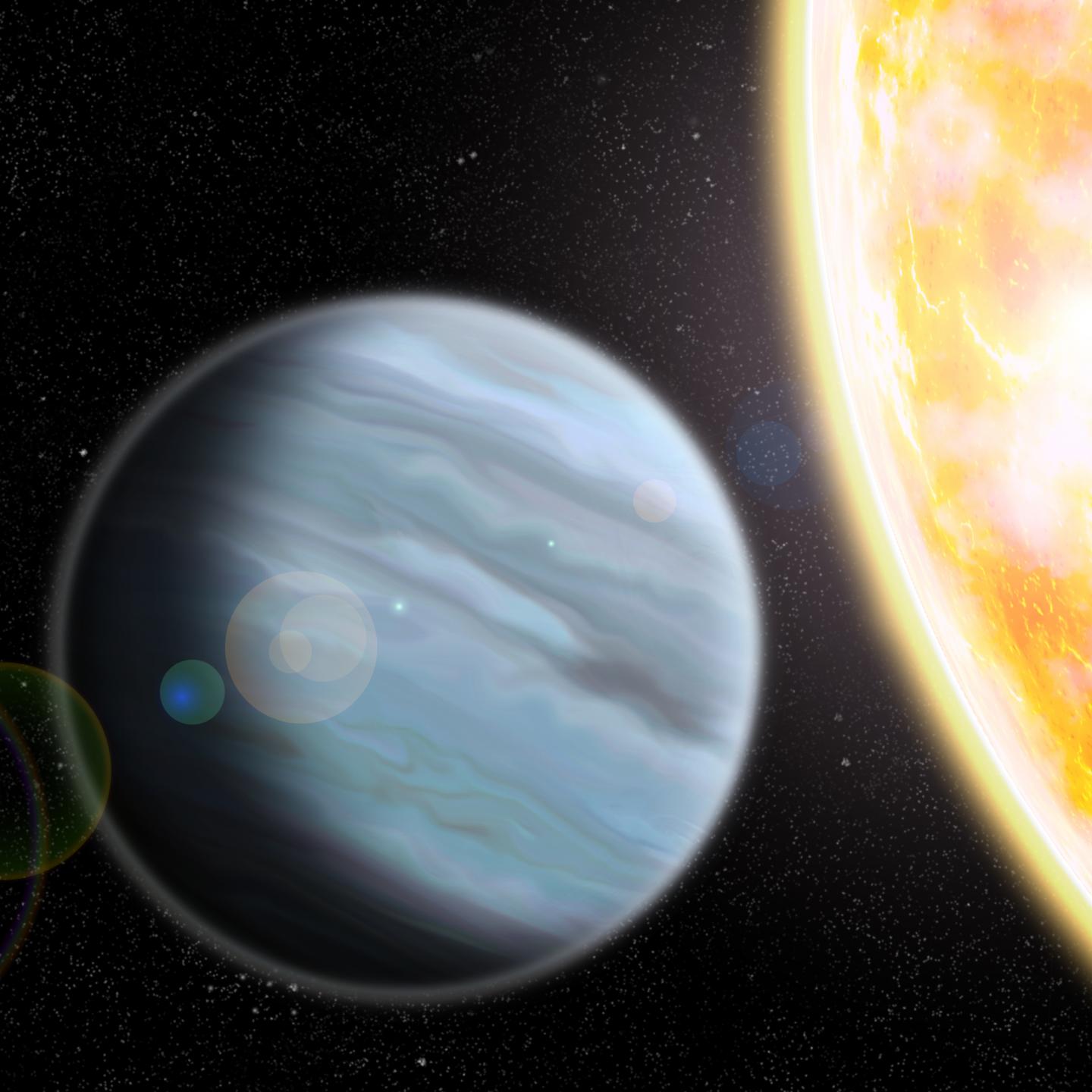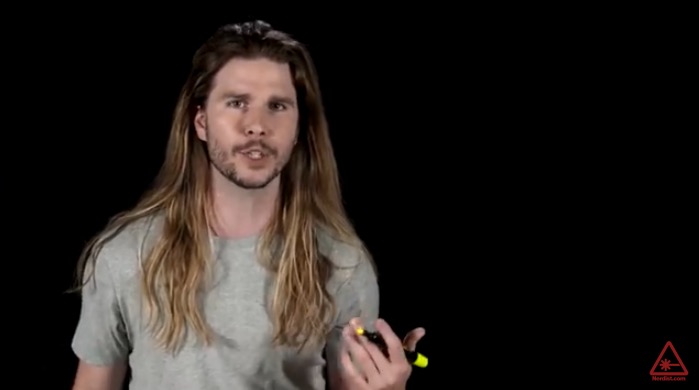SPACE: Is There Someone Out There?
An initiative set up to find signs of intelligent life in the universe has detected a series of mysterious radio signals from a dwarf galaxy 3 billion light years away. Scientists with Breakthrough Listen say they’ve found 15 fast radio bursts, or FRBs, from a deep space “repeater” called FRB 121102. The numbers indicate when the first signal was discovered, on Nov. 2, 2012. While a few other FRBs have been detected, what makes this one unique is that it was heard again in 2015, and its location pinpointed a year later. See the Full Story at The Huffington Post



